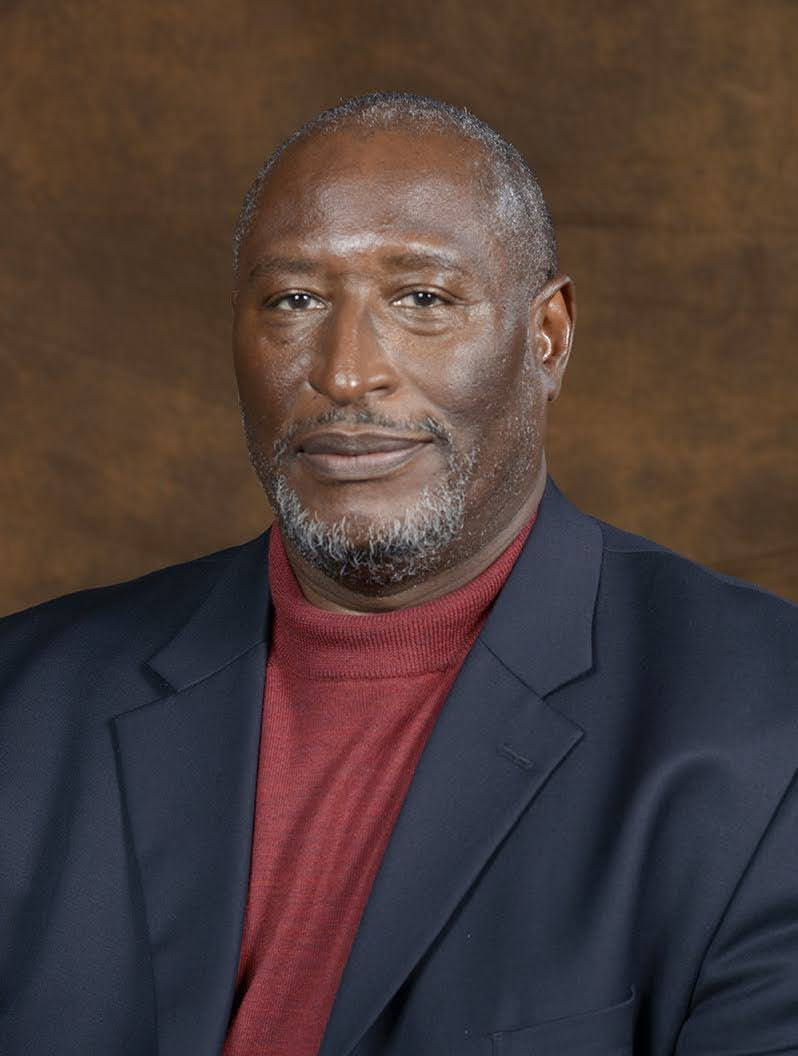Leaders Urge Spending to Address Educator Shortage
Morale among educators in South Redford is the worst Bill Dyer has seen in 28 years as a math teacher in the district, the local union president said. He also has never before seen 10 teaching positions open mid-year—which was the number unfilled last month.

“It’s been an uphill battle for us to attract new teachers, so we’re hoping to address some of those issues during upcoming contract negotiations,” Dyer said.
The pandemic has accelerated trends that were already creating educator shortages over the past decade or more, he said. Educators had seen pay and benefits stagnate as mandates, workloads, expectations and costs-of-living increased.
“I’m concerned about our members right now and what they’re dealing with every day,” Dyer said. “And looking down the road, I’m concerned for the teaching profession in general.”
Those are the kinds of messages that spurred U.S. Education Secretary Miguel Cardona to issue a seven-page letter to school districts in December, urging school leaders to “act with urgency” in directing money from federal COVID-relief packages to “ensure that students have access to the teachers and other critical staff they need… during this critical period.”
Cardona has been hearing about “harmful impacts” of school staffing shortages in messages from administrators, educators and families this school year, he wrote in the letter.
“These impacts include difficulty providing student transportation, interrupted access to meals and critical services such as mental health services, larger class sizes, a greater number of students being taught by substitute teachers and teachers who are not certified in the area assigned to teach, and, in the most extreme cases, disruptive school closures.”
 Cardona’s letter details short- and long-term strategies to address staff shortages, such as establishing hiring and retention bonuses, increasing base pay, building a corps of substitute teachers, providing mental health support, improving working conditions and investing in the educator pipeline.
Cardona’s letter details short- and long-term strategies to address staff shortages, such as establishing hiring and retention bonuses, increasing base pay, building a corps of substitute teachers, providing mental health support, improving working conditions and investing in the educator pipeline.
Schools in Lansing have been experiencing the negative effects Cardona described. Anticipating issues, the local union began seeking a retention incentive for members back in August, since the district was receiving more than $100 million in federal stimulus money.
Finally in December, the Lansing Schools Education Association (LSEA) announced agreement that the district would pay each teacher a $4,000 retention bonus in $1,000 increments at the end of each semester, starting in January and continuing through next school year.

“It’s a beginning acknowledgment of all that teachers do,” LSEA President Chuck Alberts said. “We still need to address working conditions and safety issues and everything else that’s bombarding education, but this is a starting down payment.”
The federal government appropriated $5 trillion over three rounds of funding aimed at addressing the COVID crisis, starting with the Coronavirus Aid, Relief, and Economic Security (CARES) Act in March 2020 and concluding with the American Rescue Plan in March 2021.
In total, K-12 schools in Michigan are receiving more than $5.7 billion in federal stimulus with a broad range of uses allowed over the next few years, including technology, summer school, addressing mental health and learning loss, and continuing to employ existing staff, among many options.
The largest of the three packages of education funding, the American Rescue Plan (ARP) “provides vital resources to hire additional educators and school staff and to improve compensation to recruit and retain educators and school staff,” Cardona wrote in his letter.
Districts are required to include “meaningful consultation” with educators and unions about how to spend K-12 dollars—known as Elementary and Secondary School Emergency Relief (ESSER) I, II, and III—at least with the third and largest pot of money, said MEA Labor Economist Tanner Delpier.
“Guidance from the Michigan Department of Education says that a staff survey is not enough to be considered meaningful consultation,” Delpier said. “For it to be meaningful, there needs to be two-way interaction or evidence the survey ends up in the district’s budget.”
 The LSEA held a rally in October calling attention to needs. Members have been showing solidarity by wearing matching “Essential Educator” t-shirts every Friday. Alberts also acted to negotiate two student-free work days and an abbreviated virtual schedule upon return from the December break.
The LSEA held a rally in October calling attention to needs. Members have been showing solidarity by wearing matching “Essential Educator” t-shirts every Friday. Alberts also acted to negotiate two student-free work days and an abbreviated virtual schedule upon return from the December break.
“Staff retention and recruitment—given the type of climate we’re in right now—I can’t think of a better way of spending that money,” he said, adding the district had 40 open teaching positions in December.
Districts receive payouts of the ESSER money based on the Title I formula, so those with more poverty receive a larger amount per student. “History has shown that shortages disproportionately impact students of color, students from low-income backgrounds, students with disabilities, and often rural communities,” Cardona wrote in the letter.
Most of the ESSER money from the CARES Act, sent to districts at the start of the pandemic—has been spent on instructional and building needs. Much more from ESSER II and III remains to be spent.

It’s time for union members to get engaged, stand together and push for what’s needed to turn things around, says Bob Hanchek, president of a support staff unit at North Central Area Schools in the Upper Peninsula village of Powers and a member of the MEA Board of Directors.
Hanchek, who marks his 50th year driving a school bus this year, says union successes in strikes at Kellogg’s and John Deere plants show conditions are ripe for workers to win improvements if they work together. Bus driver shortages are plaguing school districts across the country.
“It’s not too hard to understand after you cut the pay and benefits,” he said. “When people have decent pay with benefits, they give 110% every day. When they can’t afford basics like food, they start looking for something different to do.”
A dairy farmer and seed dealer on a family farm, Hanchek said many farmers used to drive buses when it meant they could get health care benefits in addition to making some extra money. Now he doesn’t know who will replace him when he retires this year at age 69.
“I enjoy the kids,” he said. “I know them all, and they know me. I’m on my third generation, so I know the parents and the grandparents, even the great-grandparents. I know every road and every hole in the road.”
Shortages also affect paraeducators, food service workers, custodians and other school employees, said Percy Brown, president of the Ann Arbor Education Association of Paraeducators and vice president of MEA’s statewide ESP Caucus.

“Too many paraeducators are working with students in the classroom in the daytime and then going to their other jobs in the evenings and weekends, because they’re not making a living wage,” he said.
Finding ways to keep members engaged despite exhaustion from the pandemic is key, Brown said. He has found that holding regular virtual meetings of the full membership helps to bring issues to the forefront.
His local unit also organizes smaller group meetings, called huddles, that bring together subsets of members to discuss concerns. Those issues can then be brought forward to the larger group. Meanwhile, he has regular meetings with administration to press for solutions.
Attendance at the general membership meetings has increased four-fold on Zoom vs. in-person, he said. He also invites non-members to attend some meetings to learn about the union and see the importance of working together to make change.
“We can speak to it all day long, but people really start to understand when they can see the union engagement and the action firsthand,” he said.
Related story:
Higher Ed Union Elevates Member Voices


